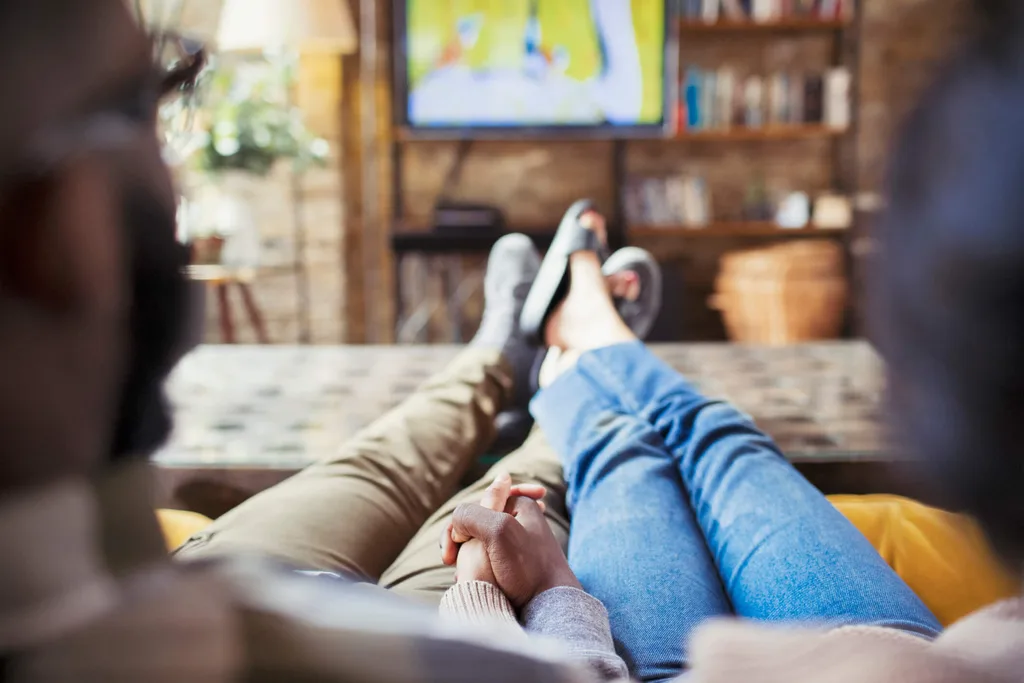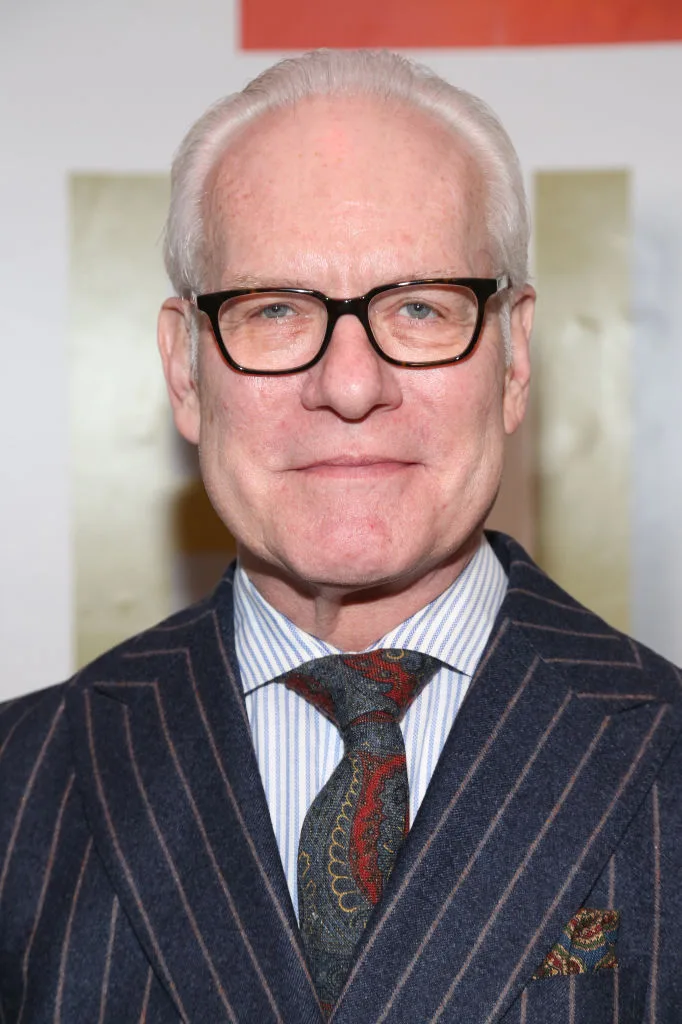For the longest time, both science and society assumed that sexual attraction was a universal concept. After all, it stems from our biological need to reproduce.
And our world is pretty much built around sex – how to be better at it, how to have more of it, and where to find people to do it with. Sex is practically coded into our DNA, both as individuals and as a society.
But in the last few years, there’s been an increasingly vocal group of people that challenge that particular notion: asexuals.
RELATED: How many people are gay in the world?
Asexual Definition: What Is Asexual?
While homosexuality or bisexuality may still not be 100% accepted throughout the world, there is at least a decent amount of understanding about what it means to be gay, lesbian, or bi. But the concept of asexuality confuses many people, and raises a lot of questions: What is an asexual person? What does asexual mean? And what does asexual attraction even feel like?

We can define asexual as a lack of sexual attraction and/or a lack of interest in sexual activity. Sexual attraction is more than just finding someone physically appealing (although that’s usually a part of it). It’s a magnetic pull, a desire to be intimate with someone.
People who identify as asexual (or “ace” for short) don’t have the same desires or attitudes towards sex that the rest of the world has. As we’ll discuss further in the next section, asexuality has also become an umbrella term for a wide range of sub-orientations and sexualities.
The Asexual Spectrum
Just like the asexual flag, asexuality isn’t black or white – it’s a spectrum. There are many identities that fall under the ace label, such as:
- People who do not experience sexual attraction, but may be romantically attracted to one or more genders (a.k.a. asexual and hetero/homo/biromantic)
- People who may feel some sexual attraction, but do not feel the need to engage in sexual behaviour
- People who have a low sex drive or very little desire for sexual activity
- People who feel sexual attraction, but only to someone they have a strong emotional bond with (a.k.a. demisexuals or grey aces)
Am I Asexual? How To Know If You Might Be Ace
There’s no asexual test or asexual quiz that that will, with 100% guarantee, tell you if you are asexual or not. Like all other sexualities, the label “asexual” is just a way for people to make sense of their complicated, non-normative feelings.
So if you’re reading this article, and things are starting to click into place, that could be a sign that you’re on the asexual spectrum. If the label feels right, it probably is.
Common Questions And Misconceptions About The Ace Community
Asexuality isn’t real
This one is most often brought up by people who don’t understand how not being sexually attracted to anyone might work. It is admittedly difficult to put yourself in someone else’s shoes, especially when they’re experiences are so vastly different to yours. But asexuals do exist – and there are quite a few of them, too.
Conservative estimates peg the number of asexuals at 1%, although that figure is probably much higher. That means there are more than 75 million people on this planet who are ace, making it very real indeed.
Asexuality is a disease
Stop Googling “asexual symptoms” because asexuality isn’t a disease or a disorder, in the same way that homosexuality or bisexuality aren’t diseases. It’s simply a sexual orientation (or a lack thereof). There is nothing wrong with being asexual.
Asexuals can’t or don’t want to be in relationships
Many non-aces (or allosexuals) have a hard time drawing a line between sexual attraction and romantic attraction. To allosexuals, they go hand-in-hand pretty often. But to aces, they’re pretty distinct categories.
Some aces may still seek out emotional and romantic connections with other people. Some aces don’t feel romantic attraction at all (aromantics). Asexual relationships, whether between two asexuals or one ace and one allo, are pretty common as well.

Are asexuality and celibacy the same?
We have to distinguish between sexual behaviour and sexual orientation. Celibacy is a choice to abstain from sex; it’s completely voluntary and usually done for spiritual reasons. People who are celibate may still experience sexual attraction, but they do not act on it.
Asexuality, on the other hand, is not a choice. It’s a sexual orientation. Aces do not choose to not be sexually attracted to anyone, they just aren’t.
Do asexuals have sex?
When we talked about “asexual” meaning a lack of sexual attraction, that doesn’t necessarily mean that asexuals don’t have sex. Of course, many aces who don’t have any sexual desire simply don’t engage in sexual activity. But other aces do masturbate or even have sex with other people.
It all boils down to the difference between attraction and pleasure. You can enjoy the physical sensations or intimacy of sex without needing to be sexually attracted to your partner.
Asexual Celebrities And Figures

There’s a huge lack of asexual representation in the media, but that doesn’t mean there aren’t any asexuals in Hollywood – or in history, for that matter. Here are some of the most famous asexuals, both suspected and confirmed.
- Janeane Garofalo, comedian and actress
- Morrissey, singer of The Smiths
- Tim Gunn, consultant and judge on Project Runway
- Florence Nightingale, nurse during the Crimean War
- Sherlock Holmes, detective character created by Arthur Conan Doyle
- Nikola Tesla, inventor
- H.P. Lovecraft, horror writer
Conclusion
Asexuality is one of the most misunderstood sexual orientations. But thanks to a vocal ace community and more representation in the media, that will soon be a problem of the past. It’s important we remember that straight or gay or ace, we’re all people marching towards equality together.
RELATED: Bachelor star Megan Marx makes shock confession about her sexuality
 Getty
Getty









